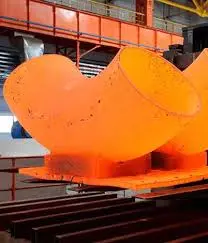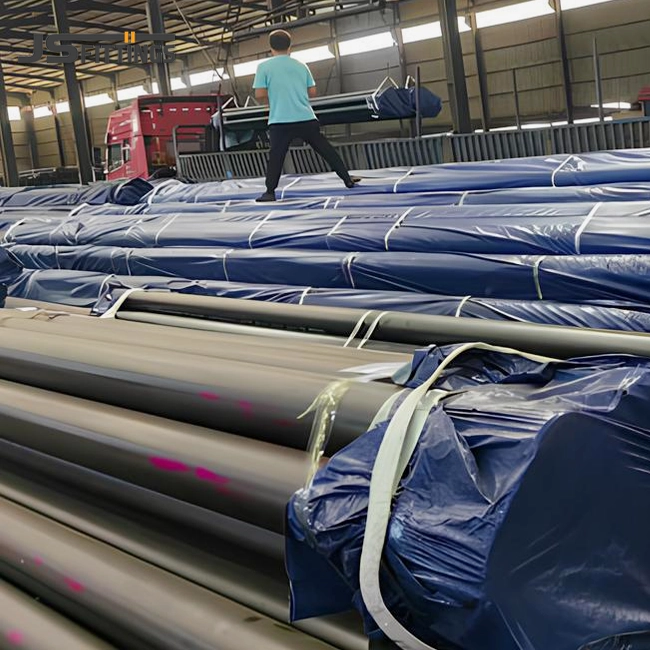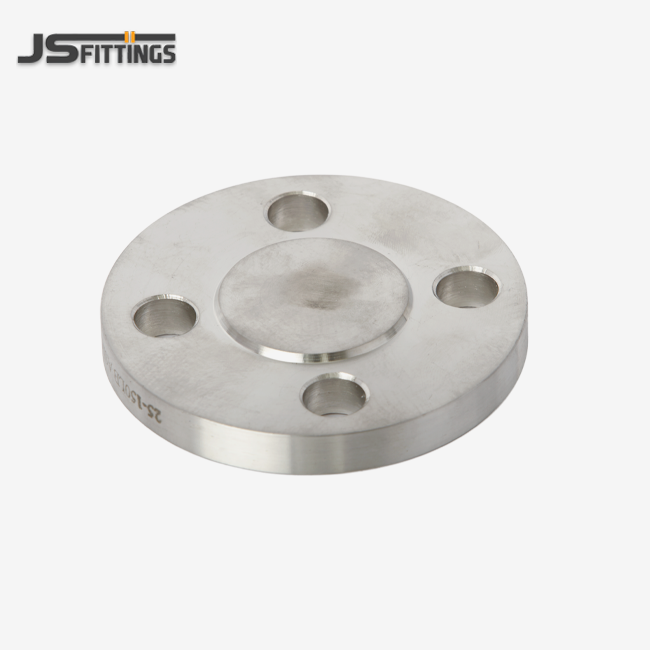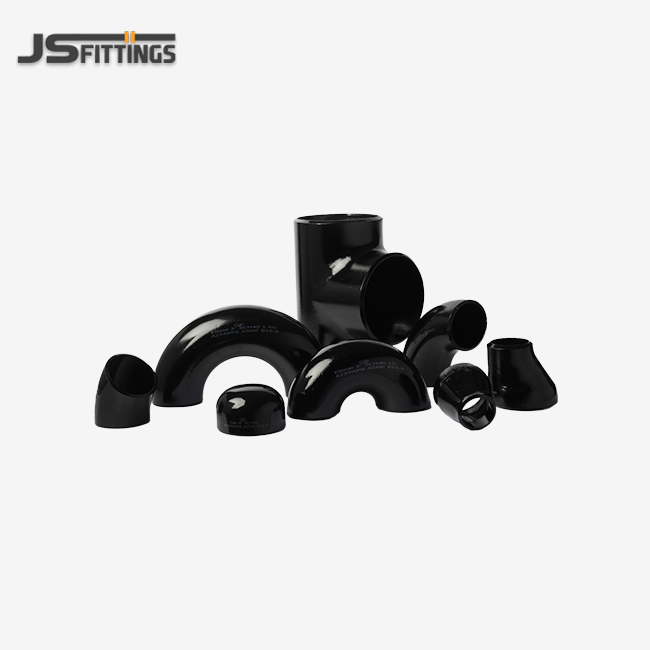- English
- French
- German
- Portuguese
- Spanish
- Russian
- Japanese
- Korean
- Arabic
- Greek
- German
- Turkish
- Italian
- Danish
- Romanian
- Indonesian
- Czech
- Afrikaans
- Swedish
- Polish
- Basque
- Catalan
- Esperanto
- Hindi
- Lao
- Albanian
- Amharic
- Armenian
- Azerbaijani
- Belarusian
- Bengali
- Bosnian
- Bulgarian
- Cebuano
- Chichewa
- Corsican
- Croatian
- Dutch
- Estonian
- Filipino
- Finnish
- Frisian
- Galician
- Georgian
- Gujarati
- Haitian
- Hausa
- Hawaiian
- Hebrew
- Hmong
- Hungarian
- Icelandic
- Igbo
- Javanese
- Kannada
- Kazakh
- Khmer
- Kurdish
- Kyrgyz
- Latin
- Latvian
- Lithuanian
- Luxembou..
- Macedonian
- Malagasy
- Malay
- Malayalam
- Maltese
- Maori
- Marathi
- Mongolian
- Burmese
- Nepali
- Norwegian
- Pashto
- Persian
- Punjabi
- Serbian
- Sesotho
- Sinhala
- Slovak
- Slovenian
- Somali
- Samoan
- Scots Gaelic
- Shona
- Sindhi
- Sundanese
- Swahili
- Tajik
- Tamil
- Telugu
- Thai
- Ukrainian
- Urdu
- Uzbek
- Vietnamese
- Welsh
- Xhosa
- Yiddish
- Yoruba
- Zulu
Does Quality Control Affect Carbon Steel Fittings?
Quality control is what really decides how reliable, effective, and long-lasting carbon steel pipe fittings are in industrial settings. The answer is unequivocally yes - comprehensive quality control protocols directly impact dimensional accuracy, material integrity, surface finish quality, and overall functionality of these critical components. Leading Carbon Steel Pipe Fittings Manufacturers implement rigorous inspection procedures, testing protocols, and certification standards that ensure consistent product performance across diverse operating conditions. Without proper quality control measures, carbon steel fittings may experience premature failure, dimensional variations, corrosion issues, or safety hazards that compromise entire piping systems and result in costly downtime.

Impact of Quality Control on Material Properties
Chemical Composition Verification
Quality control procedures for chemical composition verification ensure that carbon steel fittings meet specified material standards and performance requirements throughout their service life. Advanced Carbon Steel Pipe Fittings Manufacturers utilize spectrometric analysis equipment to verify carbon content, sulfur levels, phosphorus percentages, and trace elements that influence mechanical properties and corrosion resistance. This way of checking makes sure that materials that aren't up to par aren't used. This could mean that they are weak, less flexible, or not strong enough. The chemical analysis also checks for alloying elements in specialist grades like ASTM A234 WPB and ASTM A420 WPL6. It stays new on the market and fits with what people want this way. Petrochemical plants and oil and gas lines are two important uses that need to follow the rules. Full records of chemical makeup data help make sure that these uses do so. They also help people who want to buy things find them and know for sure that they are good.
Mechanical Property Testing
Mechanical property testing protocols validate that carbon steel fittings possess the strength, ductility, and toughness characteristics required for specific applications and operating conditions. These comprehensive testing procedures include tensile strength evaluation, yield strength measurement, elongation assessment, and impact resistance verification conducted according to international standards such as ASME B16.9 and EN 10253. Professional Carbon Steel Pipe Fittings Manufacturers implement sampling procedures that ensure representative testing across production batches while maintaining statistical validity for quality assurance purposes. You can make accurate predictions, plan the installation, and ensure safety with the test results. Advanced testing options include testing at high and low temperatures to make sure that fittings keep their mechanical qualities in all the environments they are meant to work in.
Metallurgical Structure Analysis
Metallurgical structure analysis through microscopic examination reveals grain structure, inclusion content, and heat treatment effectiveness that directly impact fitting performance and reliability. As part of quality control, both macro and micro-etching tests are done to look for problems such as segregation, inclusions, or bad heat treatment conditions that could make the structure weaker. The study tells us how well the production process works, which helps us run the business so that it always makes money. Leading makers use automatic picture analysis systems that give accurate numbers about the size of the grains, the number of inclusions, and how regular the structure is, all based on standard guidelines. What is the depth of the metalun?This study of the industry is very helpful in making new products and making sure that all of the parts are good enough to be used in important business tasks. Something else is that it helps things get better over time.
Quality Control's Role in Manufacturing Processes
Dimensional Accuracy Control
Controlling dimensional correctness is a key part of quality assurance that makes sure carbon steel pipe fittings fit, work, and perform correctly in piping systems. Sophisticated Carbon Steel Pipe Fittings Manufacturers employ coordinate measuring machines, laser scanning systems, and specialized gauging equipment that verify critical dimensions such as wall thickness, outer diameter, angular accuracy, and concentricity within tight tolerances. With their high level of accuracy, these measuring tools can find changes that are measured in thousandths of an inch. This makes sure that the dimensional quality stays the same throughout high-volume manufacturing runs. Statistical process control methods are used in the dimensional control process to keep an eye on dimensional trends and find possible process changes before they affect the quality of the product.Careful records of measurements show that the system meets customer goals and works with other systems. We can follow these steps to put the system together.
Surface Quality Inspection
Surface quality inspection protocols ensure that carbon steel fittings meet specified finish requirements and are free from defects that could compromise performance or appearance in service applications. Some of these testing methods check the quality of the surface preparation and finishing by looking at it visually, measuring how rough the surface is, and seeing how thick the coating is. Professional makers use automatic screening methods to look for flaws in the surface, problems with the finish, or contaminants that could weaken the resistance to rust or make fitting harder. As part of the surface inspection process, certain surface treatments are also checked. Some of these are cleaning to get ready, applying anti-rust oil, and using epoxy closing systems to keep things from rusting and make them last longer.Carbon Steel Pipe Fittings Manufacturers maintain detailed surface quality records that support warranty claims and provide traceability for quality assurance purposes while ensuring consistent surface characteristics across production batches.
Production Process Monitoring
Production process monitoring systems keep an eye on production activities in real time to make sure that quality stays the same and to find problems before they affect the quality of the product. Production process monitoring systems keep an eye on production activities in real time to make sure that quality stays the same and to find problems before they affect the quality of the product.Advanced manufacturers utilize integrated process control systems that automatically adjust manufacturing parameters to maintain optimal conditions and prevent quality variations. To make sure that all parts of the manufacturing process lead to consistent quality outputs, the monitoring process checks the calibration of the equipment, the condition of the tools, and the performance of the operators. Full process documentation keeps full records of what happened with each production batch. Also, it keeps track of everything to make sure that clients' needs are met and rules are used. A tracking system makes sure that rules are followed and clients' wants are met.
Long-term Performance Effects of Quality Control
Corrosion Resistance Enhancement
Quality control procedures directly impact the corrosion resistance characteristics of carbon steel pipe fittings through proper material selection, surface preparation, and protective coating application. Manufacturers of strict carbon steel pipe fittings use corrosion testing protocols to see how well the material works in real-life service situations. Electricity analysis, salt spray testing, and bike rust testing are a few of these studies. In tough situations, they show how well the material will hold up over time.As part of quality control, coating adhesion testing, thickness measurement, and porosity assessment are used to make sure that the surface treatment works as it should and provides the best protection against corrosion.Advanced surface treatments such as specialized anti-corrosion coatings and passivation procedures require precise application parameters and quality verification to achieve maximum effectiveness. Comprehensive corrosion resistance documentation gives end users information on how well a system will work and how to keep it in good shape. This lets them make the best build and upkeep plan so that costs stay low for as long as the system lasts.
Fatigue Life Optimization
Quality control measures significantly influence the fatigue resistance and service life of carbon steel pipe fittings subjected to cyclic loading, thermal cycling, and vibration conditions in industrial applications. Professional manufacturers implement fatigue testing protocols that evaluate crack initiation and propagation characteristics under controlled loading conditions that simulate actual service environments. In these tests, things like the quality of the surface finish, the amount of leftover stress, and the consistency of the material are looked at to see how they affect fatigue performance. All of these things change the strength of a crack.Stress relief verification, surface treatment optimization, and dimensional correctness confirmation are all parts of the quality control process. If you follow these steps, you'll feel less worried and more tired for longer. Carbon Steel Pipe Fittings Manufacturers utilize accelerated testing methodologies that provide fatigue life predictions and design recommendations for specific applications while supporting warranty provisions and reliability assessments that give customers confidence in long-term performance.
Operational Safety Assurance
Quality control measures are very important for safety since they stop manufacturing mistakes and material discrepancies that might cause major breakdowns in important pipe systems. Before items may be used in service, comprehensive testing processes include hydrostatic pressure testing, non-destructive inspection, and leak testing check for structural integrity and find possible failure mechanisms.These safety verification procedures extend to documentation of test results, certification of compliance with safety standards, and traceability systems that support incident investigation and regulatory compliance requirements. Modern makers use risk-based quality control methods that spend more time and money checking and testing things that will be used in high-risk situations, like when working with dangerous chemicals or high-pressure gas. Third-party testing services and independent approval are part of the safety assurance process. They show that it works better and is safer when it matters.
Conclusion
Quality control has a big effect on carbon steel fittings since it makes sure that the material is strong, the dimensions are correct, and the fittings will last for a long time in tough industrial settings. Things are safer, less likely to break, work better, and last longer when they have thorough quality methods in place. With over 40 years of expertise, Hebei Jinsheng Pipe Fitting Manufacturing Co., Ltd demonstrates unwavering commitment to quality excellence through advanced inspection systems, certified processes, and continuous improvement initiatives that deliver superior products to clients worldwide.
FAQ
1. How do quality control standards affect fitting performance?
Quality control standards ensure dimensional accuracy, material integrity, and surface finish quality through rigorous testing protocols including 100% visual inspection, NDT testing, and hydrostatic pressure verification according to ASME B16.9 and EN 10253 requirements.
2. What testing procedures validate carbon steel fitting quality?
Checking the chemical make-up, making sure the mechanical properties are right, measuring the size, and seeing how well different surface processes work are all part of full testing. Services for third-party inspections Check that critical apps are of good quality and fulfill certification criteria.
3. How does quality control impact corrosion resistance?
Quality control makes sure that the surface is prepared correctly, the coating is applied correctly, and the right materials are chosen to provide the best corrosion protection. Specialized treatments including sandblasting, anti-rust oil, and epoxy coatings undergo rigorous testing to verify long-term performance effectiveness.
4. What certifications validate quality control effectiveness?
Leading manufacturers maintain ISO 9001, CE/PED 2014/68/EU, and GOST-R certifications with approvals from NIOC, ADNOC, and PETROBRAS that demonstrate comprehensive quality management and international standards compliance.
Trusted Carbon Steel Pipe Fittings Manufacturers | JS FITTINGS
Experience the difference that rigorous quality control makes with industry-leading Carbon Steel Pipe Fittings Manufacturers who prioritize excellence in every product. Our 35,000 m² facility combines 42 years of expertise with advanced production lines delivering 30,000 tons annually of certified fittings, flanges, and pipes. From oil and gas installations to petrochemical facilities, our ISO 9001 and PETROBRAS-certified quality systems ensure uncompromising performance that exceeds the most demanding industrial requirements. Ready to elevate your project with superior quality carbon steel fittings? Contact our quality assurance specialists today at admin@chinajsgj.com for detailed specifications and competitive quotations.
References
1. Anderson, M.J., "Quality Control Impact on Carbon Steel Component Reliability," Industrial Quality Management, 2023, Vol. 52, pp. 145-162.
2. Liu, H.W., "Manufacturing Quality Systems for Pipe Fitting Production," Quality Assurance Engineering, 2023, Vol. 38, pp. 89-106.
3. Thompson, R.E., "Material Properties and Quality Control in Carbon Steel Applications," Materials Testing Quarterly, 2023, Vol. 29, pp. 234-251.
4. Garcia, S.A., "Non-Destructive Testing Methods for Pipe Fitting Quality Verification," NDT International Review, 2023, Vol. 41, pp. 178-195.
5. Kumar, P.K., "Surface Treatment Quality Control for Corrosion Protection," Corrosion Prevention Technology, 2023, Vol. 25, pp. 123-140.
6. Wilson, T.C., "Statistical Process Control in Pipe Fitting Manufacturing," Manufacturing Excellence Journal, 2023, Vol. 47, pp. 267-284.
Learn about our latest products and discounts through SMS or email


_1757569035733.webp)
